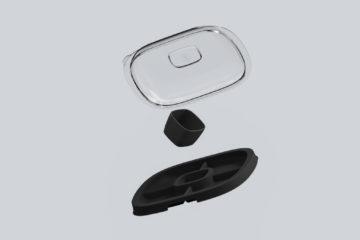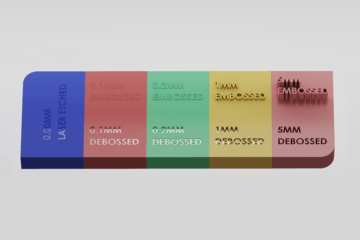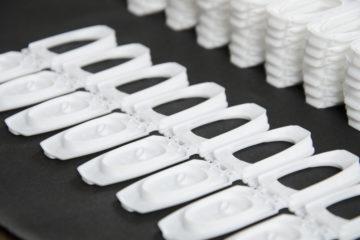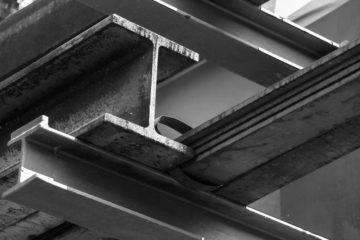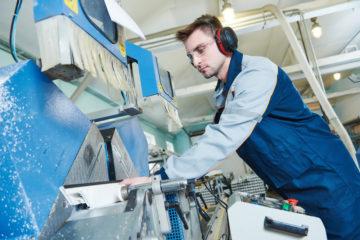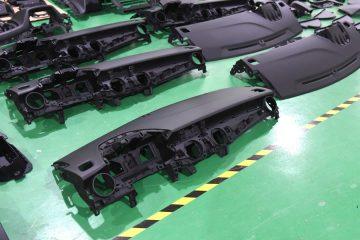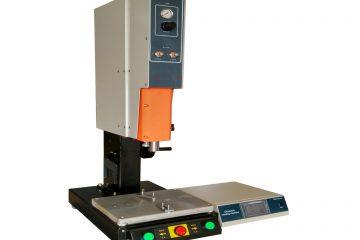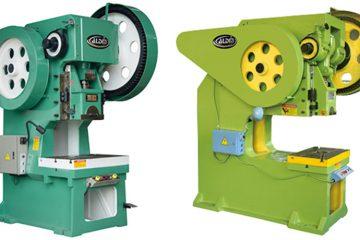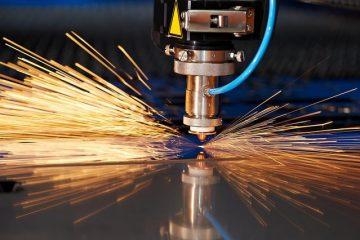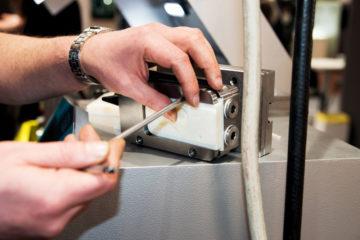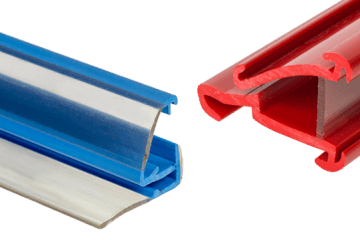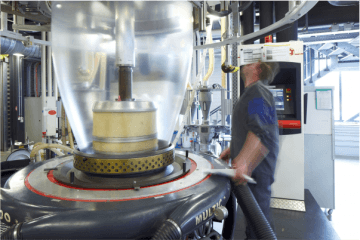Resin Transfer Moulding (RTM) is a process that injects a two-part resin mixture that fills a mould under high pressure. In the mould there is also a fibre based preform. As the mould heats, the resin is cured into a solid shape and the part is ejected, with the fibre center preform being wrapped in resin.
RTM is great for making large products that need to be fibre-reinforced or have a projected surface area that is too large, or too costly for traditional injection moulding.
Unfortunately, most Resin Transfer Moldings require a lot of labour before, during and after the moulding process. Before the moulding begins, an operator must manually pry apart the two mould halves, fill the mould with the desired preformed fibre or foam substrate. Once that is done, the mould halves are manually closed and locked together. Then the operator injects the resin and waits for it to cool. After this is complete, the operator then must unlock, and pry open the mould. Once that is done, the operator can then inspect the part. Usually, the part has some flashing as it’s injected under a large pressure. This must be trimmed off the final part. As you can see, this is quite a lengthy process.
The typical materials used in RTM are traditionally thermoset plastics, both in solid and liquid form. Some popular thermoset resins are polyester, polyurethane, melamine, epoxy resin and silicone.
If you’d like to learn more about resin transfer moulding, or if you have a product idea, and you’re not sure which moulding method to use, come and talk to us about a free 1-hour meeting.
Subscribe to Our Newsletter
Get the latest news from Dienamics into your inbox







